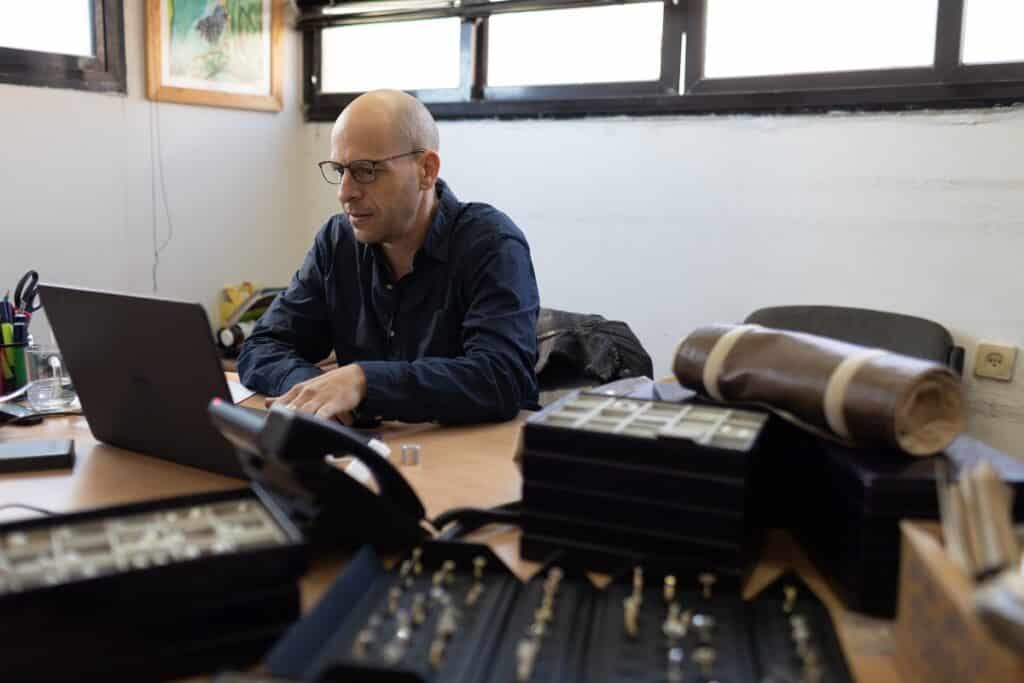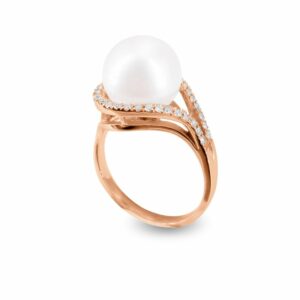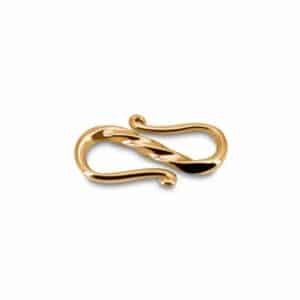Choosing the Best Pearl Clasp Suppliers, Top Picks, and Tips for Working with Them.
Pearl clasps are an essential component in jewelry-making, especially for pearl necklaces and bracelets. These clasps serve a dual purpose; they not only secure the jewelry piece but also contribute an elegant and sophisticated touch. This article provides an overview of the different types of pearl clasp suppliers and offers guidance on selecting the right supplier to meet your needs.
Types of Pearl Clasp Suppliers
Wholesalers: Wholesalers are businesses that buy large quantities of pearl clasps directly from manufacturers or other sources and sell them in bulk to retailers or other businesses. Their business model focuses on purchasing products at a lower price and selling them at a slightly higher price, while still offering a competitive rate for their customers.
Advantages of working with wholesalers include lower prices due to bulk purchasing, a wide range of products, and access to various manufacturers. Disadvantages may include minimum order quantities, less flexibility in customizing products, and limited direct contact with the manufacturer.
Manufacturers: Manufacturers are the businesses that create pearl clasps from raw materials or components. They have the most control over the design and quality of the products. Their business model involves selling their products either directly to retailers or through intermediaries such as wholesalers and distributors.
Advantages of working with manufacturers include the ability to customize designs and specifications, direct communication with the source of the product, and potentially lower prices as there are no middlemen involved. Disadvantages may include higher minimum order quantities, longer lead times due to production processes, and potential limitations in the range of products offered.
Distributors: Distributors act as intermediaries between manufacturers and retailers or other businesses. They purchase pearl clasps from manufacturers, store them in warehouses, and sell them to customers. Their business model relies on establishing relationships with various manufacturers to provide a diverse range of products and efficient logistics services.
Advantages of working with distributors include access to a wide variety of products from different manufacturers, shorter lead times due to readily available stock, and assistance with logistics and shipping. Disadvantages may include higher prices compared to wholesalers or manufacturers, potential communication barriers between the customer and the manufacturer, and possible limitations in customization options.
Factors to Consider While Selecting a Pearl Clasp Supplier
Quality
To ensure high-quality products from suppliers, it is essential to assess the quality of the pearl clasps. You can examine product samples, request detailed specifications, and inquire about the manufacturing process and quality control measures in place. Additionally, look for suppliers with certifications or adherence to industry standards to guarantee the quality of their products.
Variety
A wide range of styles and designs is crucial for meeting the diverse needs and preferences of customers. To select suppliers with a diverse product range, research their product catalogs and ask for samples of different clasps. It may also be beneficial to work with suppliers who are willing to create custom designs or modify existing designs to meet your specific requirements.
Price
Balancing cost and quality is vital in selecting a pearl clasp supplier. Obtain price quotes from multiple suppliers and compare them to ensure you are getting a fair deal. However, be cautious about choosing a supplier solely based on the lowest price, as this may compromise quality. Instead, consider the overall value, taking into account factors such as quality, customization options, and minimum order quantities.
Customer Service
Good customer service is essential for building a strong and lasting relationship with pearl clasp suppliers. Effective communication, prompt response times, and a willingness to address concerns and problems are critical aspects of customer service. To evaluate a supplier’s customer service, pay attention to their responsiveness during initial communications, inquire about their after-sales support, and check for customer testimonials or reviews.
Reputation
The reputation of a supplier plays a significant role in ensuring the quality and reliability of their products and services. To research and assess a supplier’s reputation, look for customer reviews, testimonials, and case studies. You can also consult industry peers or online forums for recommendations and feedback. Additionally, consider the supplier’s experience, industry certifications, and partnerships with well-known brands as indicators of their reputation.
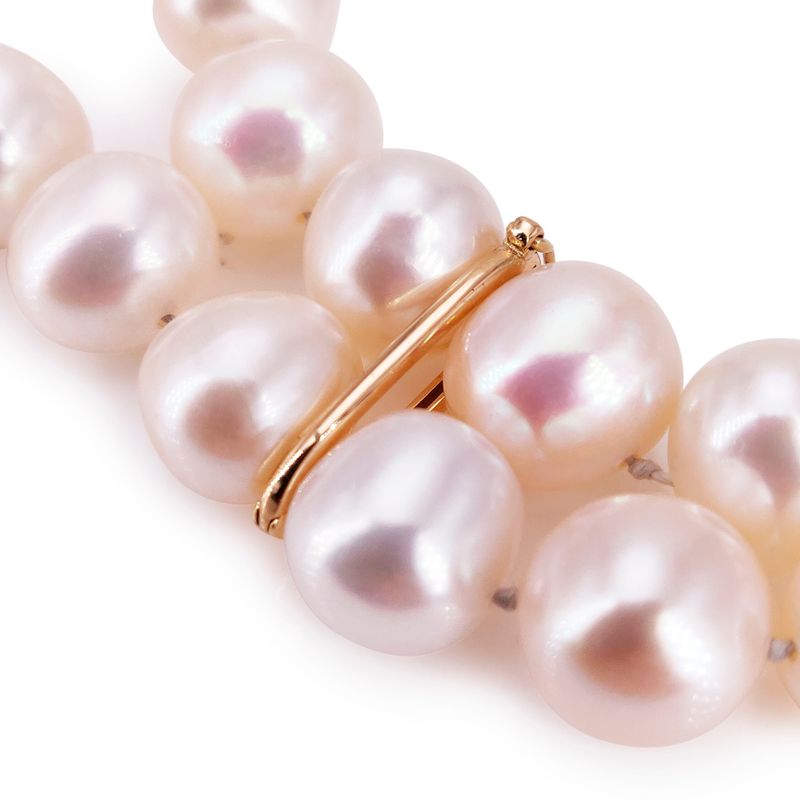
Pearl Shortener Clasp
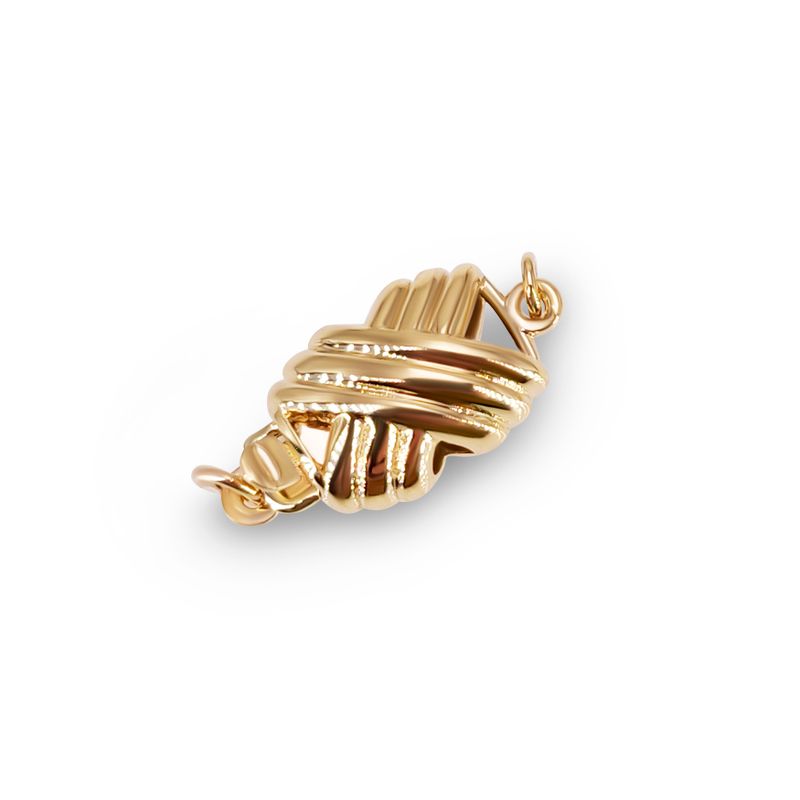
Pearl Pendant Design
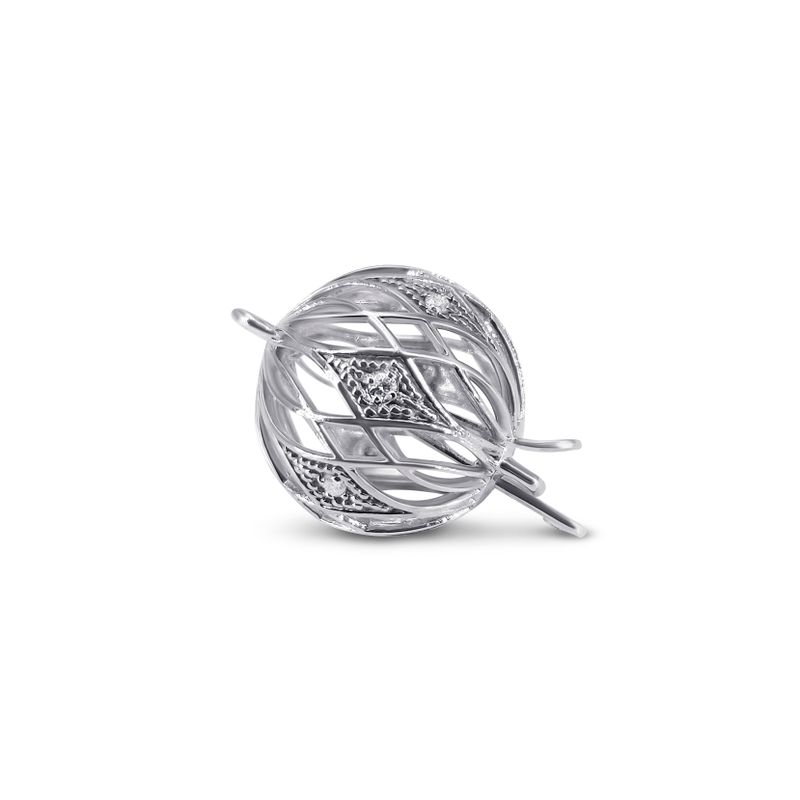
Pearl Pendant Design
How to Source Pearl Clasps from Suppliers
Researching and identifying potential suppliers:
- Determine your requirements: Before starting your search for suppliers, understand your specific needs, such as the types of clasps, materials, styles, and quantity.
- Use online resources: Search for suppliers through online marketplaces, trade shows, industry directories, and social media platforms.
- Make a list: Compile a list of potential suppliers that meet your criteria, considering factors such as location, product range, and reputation.
Contacting suppliers and requesting product samples:
- Prepare an inquiry: Draft a clear and concise message outlining your requirements, including product specifications, desired quantity, and any customization requests.
- Reach out: Contact the suppliers on your list via email, phone, or their website contact forms.
- Request samples: Ask for product samples to evaluate the quality, design, and craftsmanship of their pearl clasps.
Evaluating and comparing product samples:
- Assess quality: Examine the samples for material quality, durability, and craftsmanship. Look for any defects or inconsistencies.
- Compare designs: Review the variety of designs and styles offered by each supplier to ensure they align with your needs and preferences.
- Evaluate packaging: Check the packaging quality and presentation, as it can impact the overall customer experience.
Negotiating and finalizing an agreement with a chosen supplier:
- Discuss pricing: Engage in price negotiations with the supplier, considering factors such as order quantity, customization, and payment terms.
- Set terms and conditions: Clearly outline the terms and conditions of the agreement, including delivery timelines, return policies, and warranty provisions.
- Finalize the agreement: Once both parties agree on the terms, finalize the agreement in writing. This may include signing a contract or placing a formal purchase order.
Establishing communication channels and maintaining a positive relationship with the supplier:
- Set expectations: Clearly communicate your expectations regarding product quality, delivery timelines, and ongoing support.
- Maintain open communication: Establish regular communication channels, such as email, phone, or video calls, to discuss order updates, address concerns, and provide feedback.
- Foster a long-term relationship: Nurture the relationship with your supplier by showing appreciation for their efforts, addressing any issues promptly, and engaging in transparent communication. This can lead to better collaboration, favorable pricing, and priority treatment in the future.
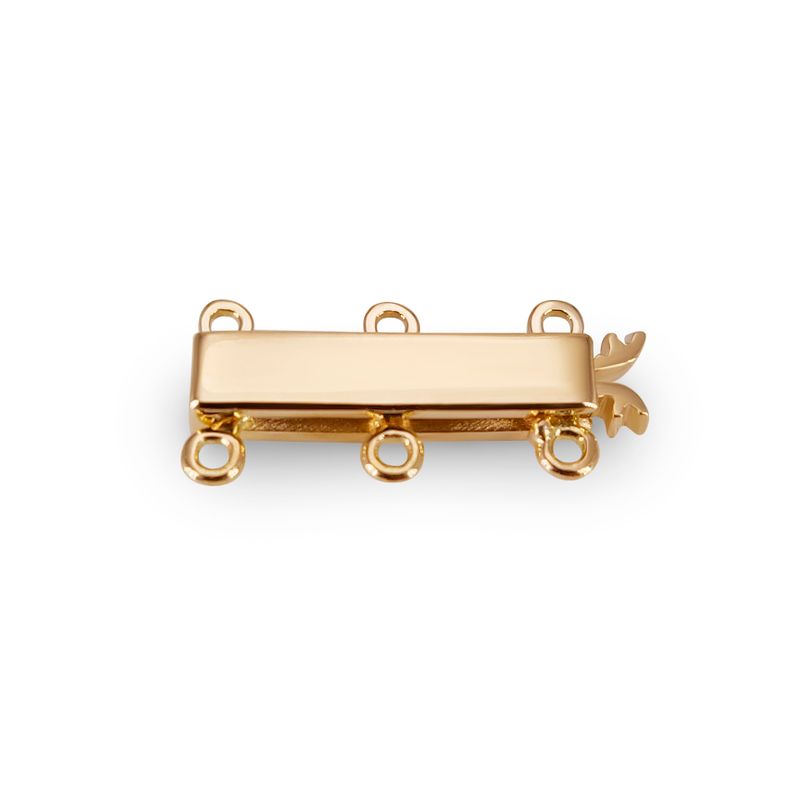 Clasp for Pearls
Clasp for Pearls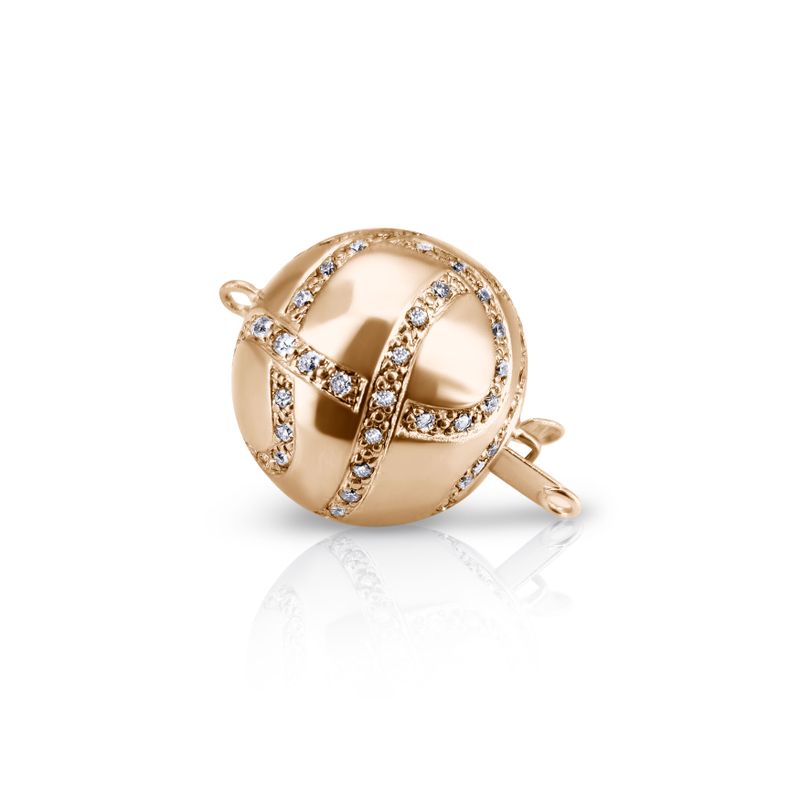 Diamond Pearl Clasp
Diamond Pearl Clasp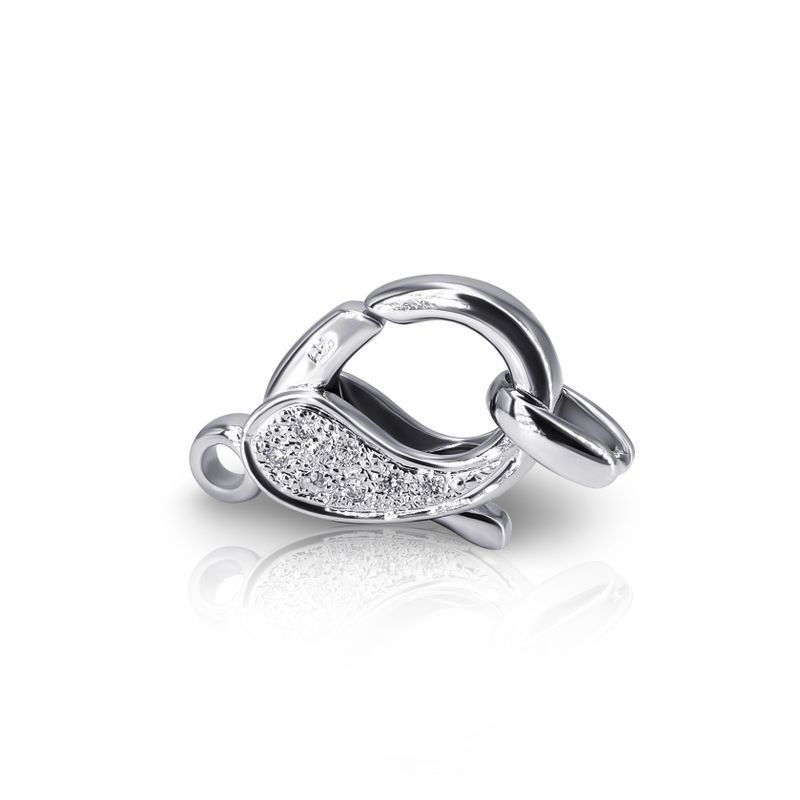 Diamond Clasps for Pearl Necklaces
Diamond Clasps for Pearl NecklacesChallenges of Sourcing Pearl Clasps from Suppliers
Quality control issues
Challenges: Inconsistent product quality, material defects, and variations in design may arise when sourcing pearl clasps from suppliers. These issues can lead to customer dissatisfaction and returns, damaging your brand reputation.
Strategies: To overcome these challenges, set clear quality expectations with the supplier, request samples for evaluation, and establish a robust quality control process that includes regular inspections and adherence to industry standards. Additionally, consider conducting on-site inspections or working with third-party inspection agencies to ensure product quality. Maintain open communication with the supplier to address any quality concerns promptly.
Shipping and delivery delays
Challenges: Delays in shipping and delivery can disrupt your business operations, causing inventory shortages and customer dissatisfaction. These delays may occur due to various factors, such as logistical issues, customs clearance, or unforeseen events like natural disasters.
Strategies: To mitigate shipping and delivery delays, communicate your delivery timeline expectations with the supplier, and build buffer time into your order schedule. Choose reliable shipping partners with experience in handling international shipments and consider diversifying your supplier base to minimize the risk of delays from a single source. Keep track of your shipments and maintain open communication with the supplier to address any potential delays proactively.
Communication barriers
Challenges: Language barriers, time zone differences, and cultural differences can lead to misunderstandings and miscommunication with suppliers, potentially affecting product quality and delivery timelines. This may result in increased costs and a strained relationship with the supplier.
Strategies: To overcome communication barriers, establish clear communication channels and set regular check-ins with the supplier. Utilize technology to bridge language gaps, such as translation tools, and be patient and open to understanding cultural differences. If necessary, consider hiring an interpreter or local representative to facilitate communication. Establishing a point of contact who is familiar with both your language and the supplier’s language can also help improve communication.
Payment and pricing issues
Challenges: Negotiating favorable pricing, navigating fluctuating exchange rates, and managing payment terms can be challenging when working with pearl clasp suppliers, particularly those located overseas. Unclear payment terms may lead to disputes or financial losses.
Strategies: To tackle payment and pricing issues, research market rates to ensure you are getting a fair price and engage in negotiations with the supplier, taking into account factors such as order quantity, customization, and shipping costs. Utilize financial tools to hedge against currency risks, and establish clear payment terms, including payment methods and milestones, in the contract. If needed, consider working with a financial institution to secure trade financing solutions to support your transactions. Regularly reviewing payment terms and renegotiating as necessary can also help maintain a healthy relationship with the supplier.
Tips for Working with Pearl Clasp Suppliers
- Clarifying specifications and requirements:
To ensure that your supplier fully understands your needs, provide them with comprehensive information about the desired pearl clasps. This includes details such as material, size, design, color, and any customization requirements. Share technical drawings, images, or physical samples as references to minimize misunderstandings. Clear specifications help the supplier meet your expectations and deliver products that align with your requirements. - Establishing clear communication channels:
Open and effective communication is crucial for a successful relationship with your pearl clasp supplier. Establish regular communication channels such as email, phone calls, video conferences, or instant messaging platforms. Set a communication schedule with designated check-in points and updates on order progress. This ensures that both parties stay informed, and any issues can be addressed in a timely manner. - Providing feedback and addressing issues promptly:
When working with suppliers, it is essential to provide constructive feedback on their products and services. If there are any concerns or issues, address them promptly to maintain a healthy working relationship and ensure problems are resolved quickly. By sharing your feedback, the supplier can make necessary improvements to meet your needs better. Establish a system to track and document any issues and resolutions to help identify patterns and monitor the supplier’s responsiveness. - Building a long-term relationship with the supplier:
Developing a long-term relationship with your pearl clasp supplier can lead to better collaboration, more favorable pricing, and priority treatment. Invest time in building trust and rapport by visiting the supplier’s facilities, if possible, and getting to know their team. Show appreciation for their efforts, maintain open communication, and engage in transparent discussions about your business goals and expectations. By fostering a strong partnership, you can ensure that your supplier remains committed to delivering high-quality products and services that contribute to your business’s success.
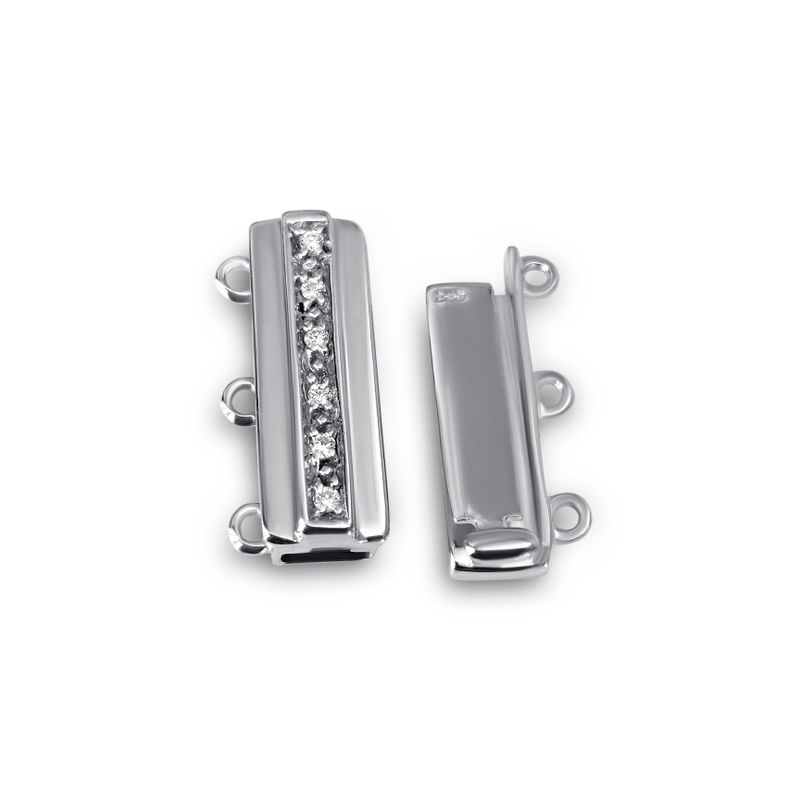 Pearl Necklace Clasp
Pearl Necklace Clasp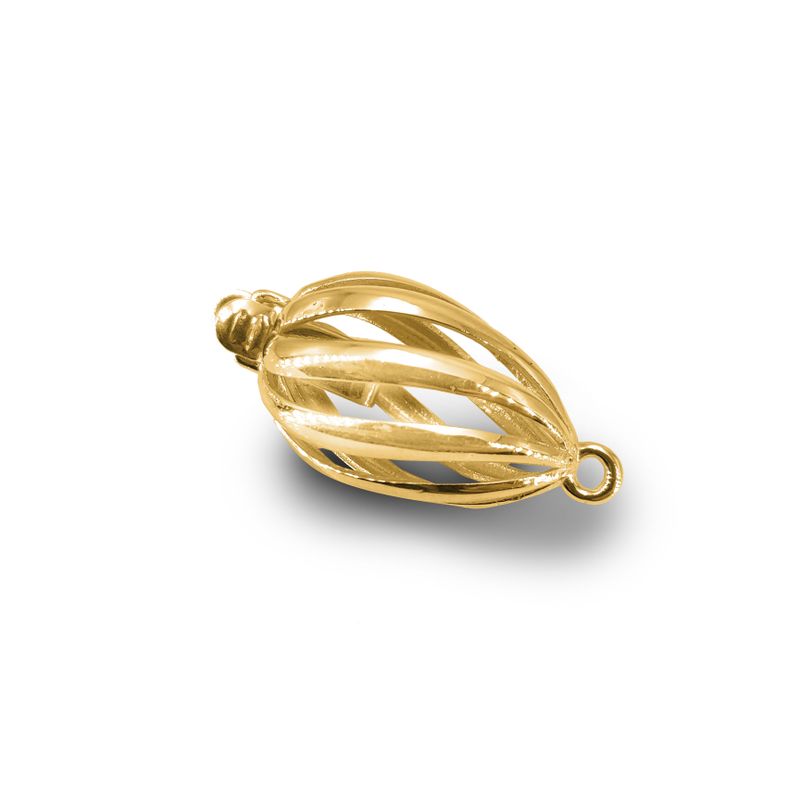 Tongue Clasp
Tongue Clasp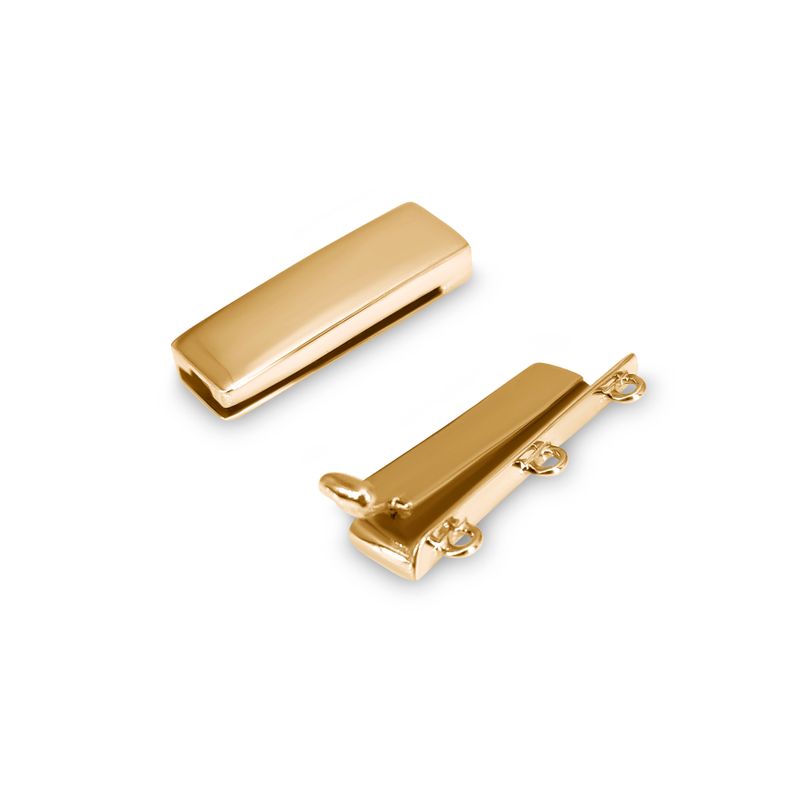 High Quality Jewelry Clasps
High Quality Jewelry Clasps Ball Clasp Closure
Ball Clasp ClosureFuture Trends in Pearl Clasp Suppliers
Customization and personalization options
As consumer preferences evolve, there is a growing demand for customized and personalized jewelry pieces. In response to this trend, pearl clasp suppliers are offering a wider range of customization options, including unique designs, engravings, and bespoke finishes. This allows jewelry makers to cater to diverse customer needs and differentiate themselves from competitors. Moving forward, it is expected that suppliers will continue to innovate and expand their customization offerings to stay ahead in the market.
Use of sustainable and eco-friendly materials
Environmental concerns are increasingly influencing consumer choices, and the jewelry industry is no exception. Pearl clasp suppliers are becoming more conscious of their environmental footprint and are shifting towards the use of sustainable and eco-friendly materials. This includes using recycled metals, ethically sourced pearls, and environmentally friendly packaging materials. Suppliers are also investing in cleaner production methods to reduce waste and pollution. As awareness about sustainability grows, the demand for eco-friendly materials in the pearl clasp market is expected to increase, shaping the future of the industry.
Emphasis on ethical sourcing and transparency
In recent years, there has been a growing focus on ethical sourcing and transparency within the jewelry supply chain. This is driven by increased consumer awareness and concern about the social and environmental impacts of jewelry production. Pearl clasp suppliers are expected to adopt more stringent ethical sourcing practices, such as ensuring fair labor conditions, promoting responsible pearl farming, and avoiding conflict minerals.
Suppliers are also likely to invest in traceability technologies, such as blockchain, to provide greater transparency into their supply chains. This trend will not only help suppliers meet consumer expectations but also contribute to a more responsible and sustainable jewelry industry.
Takeaways
Finding the right pearl clasp supplier is essential for any jewelry business aiming to thrive in a competitive market. As consumer preferences and industry trends evolve, it is crucial to adapt and form lasting partnerships with suppliers who share your commitment to quality, innovation, and ethical practices.
By focusing on building strong relationships and staying informed about emerging trends, you can position your business for long-term success and create a positive impact on the industry as a whole.
Frequently Asked Questions about Pearl Clasps Suppliers
- Q: Is there a standard size for pearl clasps, or do they come in various sizes?
A: Pearl clasps come in a range of sizes to accommodate different pearl sizes and necklace or bracelet designs. When choosing a clasp, ensure it’s appropriately sized for your specific jewelry piece. - Q: How can I determine the quality of a gold clasp?
A: To determine the quality of a gold clasp, check for a hallmark stamp indicating the gold’s purity, such as “9K,” “14K,” or “18K”. Additionally, look for signs of quality craftsmanship, such as smooth edges, secure closure mechanisms, and a well-made design. - Q: Are gold clasps suitable for all types of jewelry?
A: Gold clasps can be used for various types of jewelry, such as necklaces, bracelets, and anklets, as long as the clasp’s size and style are compatible with the jewelry piece. Gold clasps are a popular choice due to their durability, timeless appeal, and hypoallergenic properties.
